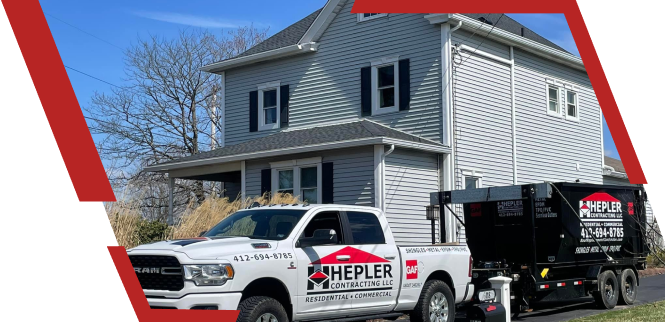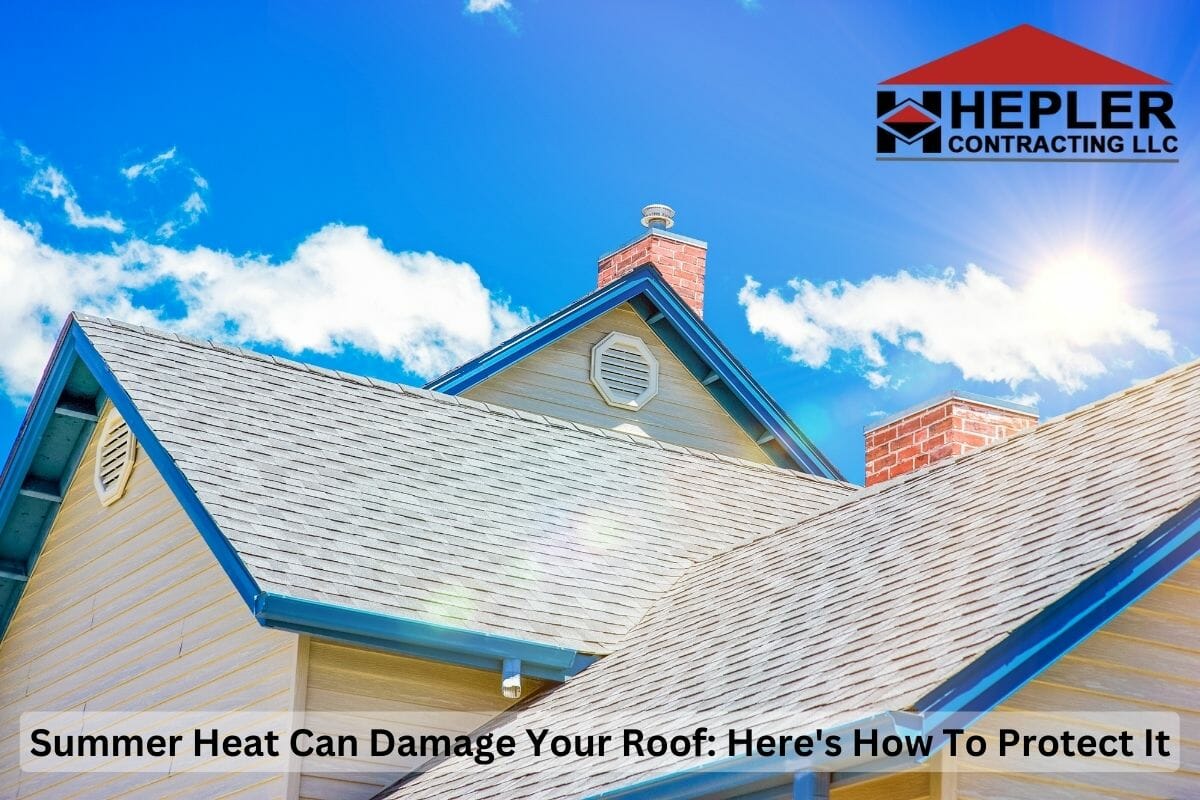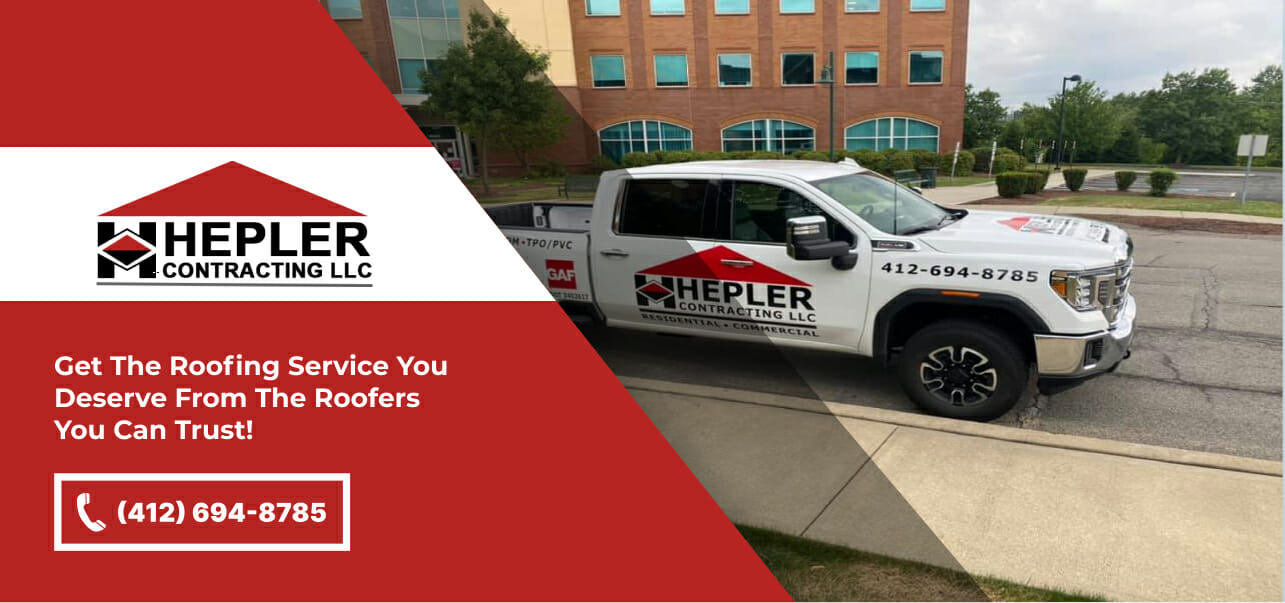In summer, you may cool down your house with air conditioning systems, but you can’t forget about your roofing system that’s still being exposed to the scorching summer heat. Long days of intense sunlight can affect your roof and home in multiple ways, which can end up being costly. That’s why homeowners should know how to protect their roofs from heat and UV damage during summertime.
At Hepler Contracting, we’re here to help keep your home safer and more comfortable. In this blog post, we’ll explain how a roof becomes damaged during hot summer days. So grab a chilled lemonade and sit back as we explain how to protect your roof from the heat in summer.
How Summer Heat Can Damage Your Roof
As the temperature rises, so does the risk of damage to your roofing material. Even if the roofing materials are highly resistant to heat, other factors, such as improper insulation or insufficient ventilation, can lead to heating problems.
Let’s understand the impact of hot weather on various roofing materials.
Asphalt Shingles
The heat-resistant power of each roofing material is different, and it affects its durability and lifespan. Asphalt shingles are more susceptible to heat damage than metal, tile, and wood shake roofs. The shingles can become brittle, lose their granules, and can crack or warp when exposed to high temperatures for prolonged periods.
Wood Shakes and Shingles
Wood shakes and shingles can become damaged due to heat if they are not treated with proper coatings. When exposed to summer heat for many years, wood shingles and shakes can begin to dry out and lose their natural oils. This may cause the wood to become brittle and susceptible to cracking, splitting, and warping.
Metal Roofs
Metal roofs are highly resistant to heat and can withstand extreme temperatures for many years, without sustaining much damage. They are generally made from steel, aluminum, or copper, all of which quickly dissipate heat, keeping it out of your home. However, if the metal panels or insulation are not properly installed, it can lead to condensation and increase the potential for rust and corrosion.
Flat Roofing Materials
Flat roofs are typically constructed with materials such as TPO, EPDM, and modified bitumen. These materials are designed to be flexible, which allows them to expand and contract with temperature changes. With constant exposure to summer heat, flat roofing materials can develop creases and cracks, and lose their color and protective ability over time.
When the sweltering heat causes damage to your roofing materials, it doesn’t just affect the roof. A heat-damaged roof is detrimental to the integrity of the whole house.
How a Heat-Damaged Roof Can Affect a Home During Summer
From higher energy bills to mold and algae growth, roofs affected by hot summer days can put your home at risk in plenty of ways.
Here’s a detailed explanation of the potential problems:
Increased Energy Bills
During summer, a heat-damaged roof can cause the temperature inside your home to rise, which can strain your HVAC system. As a result, your air conditioning unit may have to work harder and longer to maintain a comfortable temperature, leading to increased energy bills. Additionally, poor insulation in your attic or walls can worsen this issue by allowing heat to enter your home more quickly.
Roof Leaks
If you live in an area where it frequently rains, a heat-damaged roof will be more prone to leaks. Even during light showers, moisture can easily penetrate cracked and lifted shingles, rusty metal panels, and warped roofing membranes. If you are faced with heavy rains or thunderstorms at that time, it may lead to even bigger leaks or multiple tiny leaks. Such leaks are among the most common causes of water damage to roofs and attics.
Potential Damage to Construction Materials
Scorching summer heat can cause your roofing materials to expand and contract, which can lead to warping, cracking, and other types of damage. If left unchecked, this will lead to moisture damage as water and pests can spread to other areas of your home, including your walls and ceiling. Over time, this can cause cracks in the drywall and paint to flake or peel, eventually leading to mold and algae growth.
Algae and Mold Growth
Hot air condenses, and this humidity makes the attic and roof a breeding ground for mold and algae. Mold is a form of fungus that can cause allergies, respiratory difficulties like asthma, and other health issues for your and your family.
Fortunately, homeowners can prevent all the above problems by taking proper measures to prevent roof damage due to summer heat and UV rays. So, let’s discuss the steps you can take on your own.
How Do You Reduce Roof Heat in Summer?
At Hepler Contracting, our roofing specialists work hard to help homeowners have sturdy, durable, and energy-efficient roofs. In this section, we’ll discuss expert tips on how to protect your roof from heat-related damage.
#1 Protecting Flat Roofs
If you have a flat roof, first ensure that your roof is properly sealed and that any areas of damage, or wear and tear, are addressed promptly. Additionally, consider installing a heat-reflective roof coating or layer of insulation to reduce heat absorption and prevent damage to your roofing materials. Flat roof coatings can help reduce heat absorption and roof damage during the peak of summer. These materials are designed to reflect sunlight, which reduces the temperature of your roof and your home’s interior.
#2 Proper Ventilation
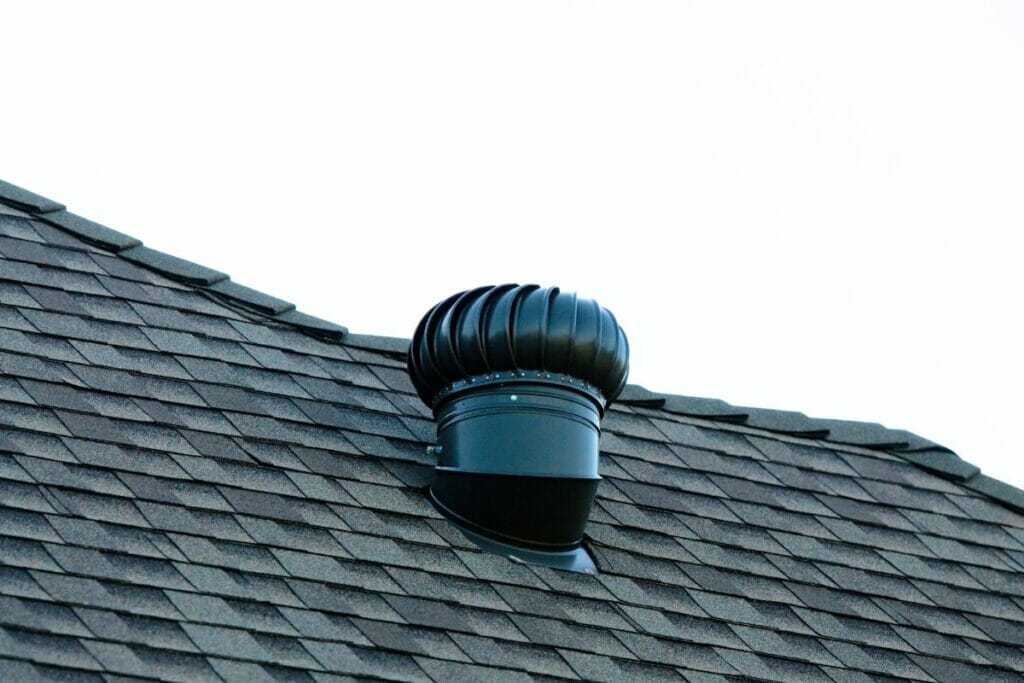
Ventilating the roof and attic adequately is essential for reducing heat buildup in your home and preventing roof damage from the summer heat. A properly installed natural ventilation system with soffit vents, ridge vents, and gable vents is enough to keep the heat out.
#3 Ensuring Proper Insulation for Metal Roofs
Just like other roofing materials, metal also needs to be adequately insulated. Make sure you use insulation that’s suitable for metal roofs, such as spray foam or foil bubble insulation. Additionally, it’s also helpful to insert foam strips between the metal panels and along the roofline. Foam strips create a seal that helps to prevent water, wind, and debris from getting between the metal panels. It provides an added layer of protection against leaks and can improve the overall weather resistance of the roof.
#4 Use Cool Roofing Shingles
Cool roofing asphalt shingles either have light colors or have been treated with highly reflective granules that help to reflect a greater amount of heat. This ensures your roof does not overheat or conduct too much heat to your home’s interior. Due to less heat, your air conditioning units won’t have to work as hard to maintain a comfortable temperature indoors. This is an excellent way to reduce your home’s cooling needs and save more money on energy bills.
When it comes to asphalt shingles, you have the option to choose from a wide range of energy-efficient variants. Before making a purchase, check if the shingles comply with industry standards for reflectivity and emissivity. They should have been tested and rated by organizations such as the Cool Roof Rating Council or meet ENERGY STAR® requirements. These certifications ensure that the shingles have passed the rigorous tests designed to determine the heat resistance and energy-saving properties of the shingles.
#5 Get a Wood Shingle Roof
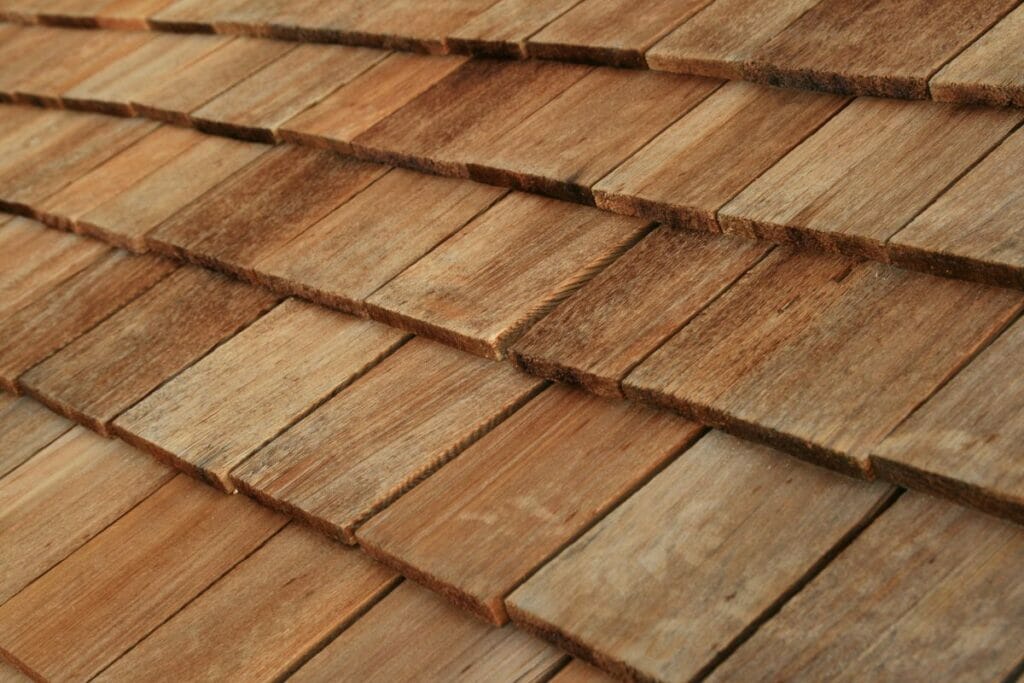
Wood shingles are a viable option to beat the summer heat, but there are specific considerations to keep in mind. Wood shingles have natural insulating properties and can provide better heat resistance compared to some other roofing materials.
However, in extremely hot and dry climates, wood shingles may pose some challenges. Prolonged exposure to sunlight and high temperatures can cause wood shingles to dry out, shrink, and become more vulnerable to cracking and warping. This can compromise their durability and longevity. To combat these issues, use high-quality wood shingles that are treated with highly resistant resins. Additionally, focus on getting the roof installed correctly by an authorized roofing contractor, and make sure the ventilation system and insulation are sound.
If you’re a homeowner in Pennsylvania and want to protect your roof from the heat in summer, we can help you do that.
Get a Free Consultation and Estimate on Your Residential Roofing Project
At our company, we go the extra mile to ensure that your roof is shielded from the relentless summer heat. We understand that your roof is not just a mere cover but a vital protector for your home and loved ones. That’s why we offer more than just roofing services – we offer peace of mind.
What sets us apart from the rest? Our unwavering commitment to excellence and customer satisfaction. We are a part of the local community, and our experienced specialists know the ins and outs of Pennsylvania’s unique climate and understand the challenges your roof may face during scorching summers.
If you are looking for reliable residential roofing services, like insulation or ventilation in Pittsburgh or surrounding areas in Pennsylvania, call us at (412) 694-8785. We will be happy to help you with a free consultation and estimate of our services for your peace of mind.
